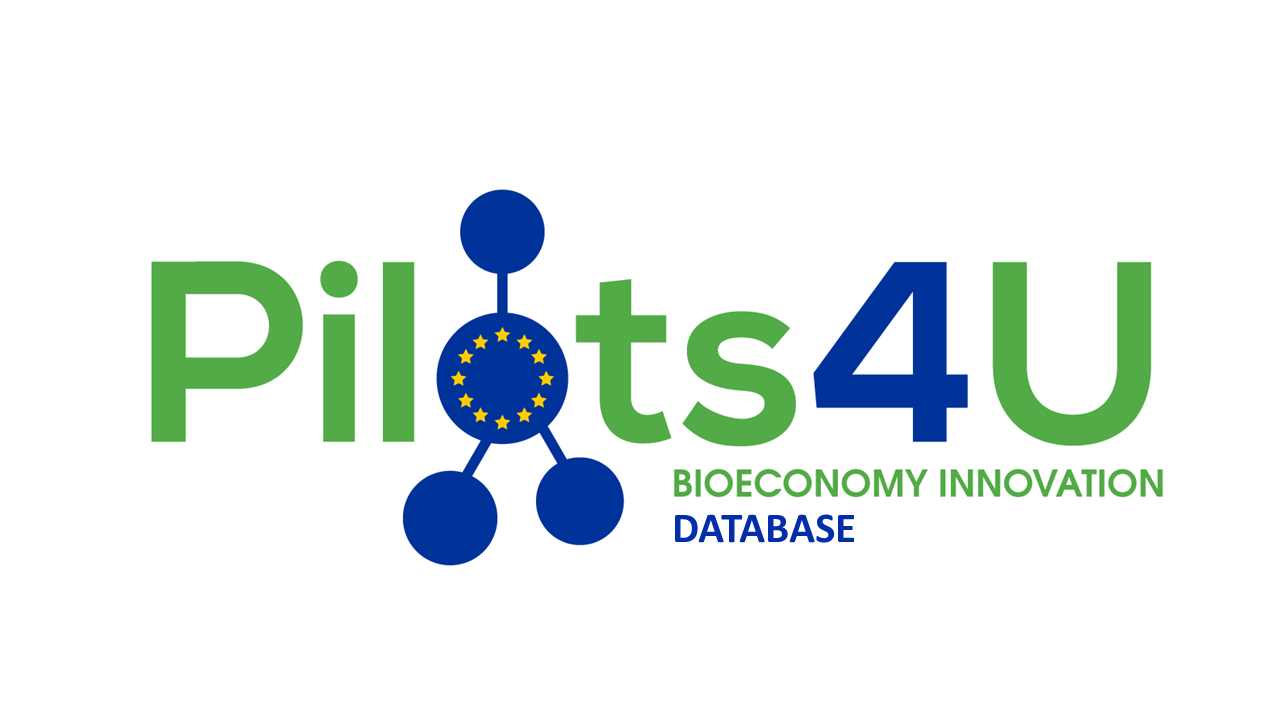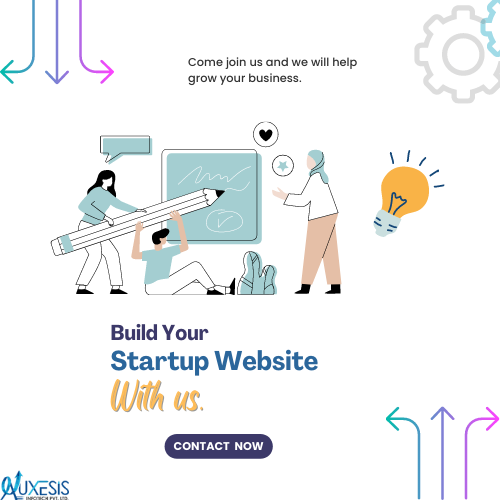
Considering the digital scenario of today, customers expect organizations to deliver a consistent, rational, and contextual digital experience. Such experiences would include personalized content, intelligent communications, an integrated brand experience, and overall authenticity. This is where digital experience platforms come in. They provide powerful technology, facilitating the creation of the best digital experiences.
Gartner has defined DXP as “an integrated and cohesive piece of technology designed to enable the composition, management, delivery, and optimization of contextualized digital experiences.”
What is a Digital Experience Platform?
A digital experience platform refers to software that helps enhance digital journeys by removing technology silos. When it comes to putting forth a definition for DXP, there are many proclaimed experts that consider their views as positively accurate.
For instance, industry analyst Forrester has defined DXP as “A platform that provides the architectural foundation and modular services for developers and practitioners to create, orchestrate, and optimize digital journeys at scale — to drive loyalty and new commerce outcomes across owned and third-party channels.”
A digital experience platform serves as a pivotal hub, using which you can design, supervise, and enhance digital experiences driven by content across all channels. One can also look at digital experience platforms as evolved versions of traditional content management systems (CMS). From content creation to deployment, digital experience platforms play an essential role in designing the complete digital customer lifecycle. A DXP is entrusted with undertaking maximal data management as well as customer experience, thereby allowing marketers to focus on customer requirements.
Digital experience platforms essentially come with an integrated set of tools and products that work in tandem to help organizations establish meaningful relationships with customers and deliver exceptional digital experiences.
With a DXP, you gain access to a myriad of functionalities packed into one composite system. It is powered by several powerful technologies, including campaign management, Digital Asset Management (DAM), Customer Relationship Management (CRM), customization tools, Customer Data Platforms (CDP), and more.
It is not absolutely compulsory for a digital experience platform to retain all of these functionalities. However, it is imperative for a DXP to—
-
Facilitate rapid development of websites, applications, landing pages, and portals
-
Compile customer information and content across all interactions using APIs
-
Evaluate customer experience and content performance to gain analytical insight
-
Maintain content managing capabilities
-
Leverage customer information to personalize digital content
What are the Types of Digital Experience Platforms?

Digital platforms are always available in a good deal of varieties. A DXP is no different. There exists a plethora of DXP varieties that differ in several aspects. There are two major types of DXP, namely, an open DXP and a closed DXP.
-
Open DXP: An open DXP is a digital platform that accommodates a combination of products from different third-party vendors into a single system. It effectively allows the organization to freely select and integrate products of their choice. It extends the flexibility of companies that wish to incorporate the technology of their choosing. Moreover, many open digital experience platforms come with pre-built integrations that are vetted and made available for users to simply “turn on” in their systems.
-
Closed DXP: A closed DXP is a self-sufficient digital platform with all DXP components built into the system itself. Here. All DXP components are developed and managed by the DXP provider and presented in a consolidated form. Hence, the need to resort to third-party products is effectively eliminated. However, this does not mean that a closed DXP cannot integrate with external products. It simply means that it works best within its own system.
Making a choice between open and closed digital experience platforms is purely a matter of personal preference. A closed DXP is favored by organizations that lack tech resources for integrations or simply wish to work through a single system. Open digital platforms work by bringing together quality products and technologies to promote seamless operation within one global platform.
Understanding the Market: DXPs and their Heritage Categories

Most platforms presented as digital experience platforms are rooted in one of three categories, namely Content Management Systems (CMS), Portal Servers, and Commerce Servers. These categories come with their own orientation—
-
Content Management Systems (CMS): CMS-oriented digital experience platforms primarily highlight the needs of marketing departments and creative agencies. They gather customer data which tends to be anonymous and generalized into audience segments. These products mainly focus on problems related to the acquisition of customers. They work towards generating awareness while targeting offers and expediting purchases.
-
The leading CMS-oriented digital platforms deliver robust functionalities for web analytics, advertising campaigns, user segmentation, and email campaigns. Some of these digital experience platforms incorporate portal-like features, while others add commerce capabilities.
-
Portal Servers: Portal-oriented digital experience platforms are ideally befitting for maintaining long-term customer relations after the sale. Given their background in customer portals, they recognize that customer data is exclusive to every individual and must be handled securely. A portal-heritage DXP can efficiently assist organizations in comprehending the various factors related to customer loyalty, retention, and renewal.
-
Moreover, these DXPs also accommodate digital workplace scenarios and engage supportive audiences such as partners and suppliers. According to Forrester, portal-heritage DXPs having a powerful story around integration is essential to the deep digital transformation of business operations.
-
Commerce Servers: Commerce-oriented digital experience platforms are primarily employed by retail industries. These products essentially deliver product-related content to e-commerce web interfaces. In addition to this, they work around inventory management, payment integration, shopping cart, and more. These components may not be strictly related to digital experience management. However, the seamless integration of these features is essential for an ideal digital retail experience.
Digital Experience Platforms Over the Years
-
CMS to WEM: The concept of content management has undergone many changes over the years. The first ever content management system (CMS) emerged between the late 1980s and early '90s. These systems processed brochure-like static contents. Later, many organizations started to work with dynamic content, which in turn gave rise to the social web.
-
The need for personalized content engagement was recognized with the expansion of the social web and the rise of mobile. This effectively called for deeper business integration and paved the way for web experience management (WEM) solutions. Now, WEM efficiently assists organizations in delivering personalized experiences by gathering engagement data and building personas. However, WEM was not completely without defects. The main problem with WEM was that it only focussed on marketing aspects and thereby failed to connect to other technologies of the organizations like CRM or ERP.
-
WEM to DXP: With the advancement of technology, the need for deeper integrations and better digital experiences grew. This resulted in the emergence of headless microservices architecture. This architectural specialization primarily highlighted two functions—
-
It facilitated integrations with other technologies such as CRMs, call centers, and commerce centers to better the digital experiences of each.
-
It empowered organizations to become customer-centric and adopt a multichannel approach.
Now, a combination of these functions effectively paved the way for digital experience platforms. They allowed for DXPs to deliver a fully integrated customer experience, functioning seamlessly across various channels and devices.
Digital Experience Platforms: Core Components
Although the sphere of digital experience platforms is still incipient, there are numerous components that are common to all DXPs. They are as follows—
-
Content: Content is the essence of any digital experience. Hence, the incorporation of a Content Management System (CMS) is crucial for any digital experience platform.
-
Customer Relations: Maintaining customer relationships is an essential part of any business arrangement. This is acquired by employing Customer Relationship Management (CRM) technologies. DXPs effectively monitor customer data in order to create personalized digital experiences for all customers.
-
Assets: Digital Asset Management (DAM) is closely related to content management. DXPs provide central archives for digital assets such as images, videos, audio files, etc.
-
Commerce: Commerce is at the core of the business. With DXPs, companies can conveniently function on the web as e-commerce businesses.
-
Personalization: Being a central repository of customer data, DXPs have the capability of analyzing such data and customizing digital experiences for each customer.
-
Insights, Analytics, & Intelligence: Content hosting is not the only function that DXPs are limited to. Using content intelligence, modern DXPs also deliver analytics and insights on user behavior workflows.
-
APIs & Integrations: A single software cannot retain overall functionality by itself. This is where flexible APIs help DXPs facilitate easy integration with various technologies to suit their needs.
When Do You Need a Digital Experience Platform?
The first step to establishing a good DXP is identifying when it is needed. With so many vendors offering so many options and solutions, it is quite difficult to ascertain when a DXP is actually needed. The timings may vary for different organizations, but the objectives are definite.
-
Extensive Strategies: When digital strategies become more and more ambitious, it becomes more and more difficult to figure out what suits your organization and what does not. Even though all digital strategies don't necessarily require a digital experience platform, businesses having long-term multichannel marketing desires should definitely consider adopting a DXP. Having a good digital experience platform helps you connect relevant customer data across all digital touchpoints by eradicating traditional data silos. This ultimately helps marketers in executing comprehensive digital strategies with enhanced agility and efficiency.
-
Personalized Experiences: Achieving personalization at scale becomes strenuous without employing proper technology. For the most part, technologies usually focus on a portion of the digital experience. They seldom deliver insights about a customer across the entire brand experience. DXPs address this by integrating all data and digital experience tools into a single unified platform. This allows organizations to positively gain a deeper understanding of customer data and adopt smarter personalization tactics.
-
Campaign Management: Campaigns prove to be arduous, considering their need for quick insights and even quicker actions. Digital experience platforms address this by securing data from multiple sources and thereby facilitating speedy analysis. Additionally, campaigns also require consistent optimization and A/B testing. For this, marketers are forced to stand by while developers create or update landing pages for them. Here, DXPs prove helpful by providing marketers with the necessary tools to make such updates by themselves.
Digital Experience Platforms: The Future
Irrespective of how complex a digital platform may be, the process of migrating to a new technology can be expensive and overall taxing on a business. Consequently, it has become extremely important for businesses to adopt digital experience platforms.
Rest assured, the demand for a positive digital experience will only increase with time. Some organizations may be able to deliver such experiences with the limited technologies that they have access to. However, with the evolution of digital strategies, it is vital for brands to harness the power of DXPs in order to advance.
Recent Blogs
Our Clients








_0.png)





















Clutch & GoodFirms Reviews
Our success is demonstrated by having the most reviews compared to competitors.
Auxesis Infotech provides web development support on our Drupal platform. They are always flexible enough to help us achieve our goals. Very pleased with Auxesis competance, flexibility, communications and execution.
5

Richard Halderthy
Director Brand & Communications, Saint Gobain Ltd
30 Reviews
Powered by Clutch ![]()
I'm impressed by their communication and speed of action. Ever since we launched the redevelopment, there’ve been many compliments on the improved look, functionality, and ease of navigation.
5

Ryan Titley
Director of Projects, ERRIN
30 Reviews
Powered by Clutch ![]()
Get in touch with us!
Please fill in the form below, and one of us will get you or respond to your queries soon.





